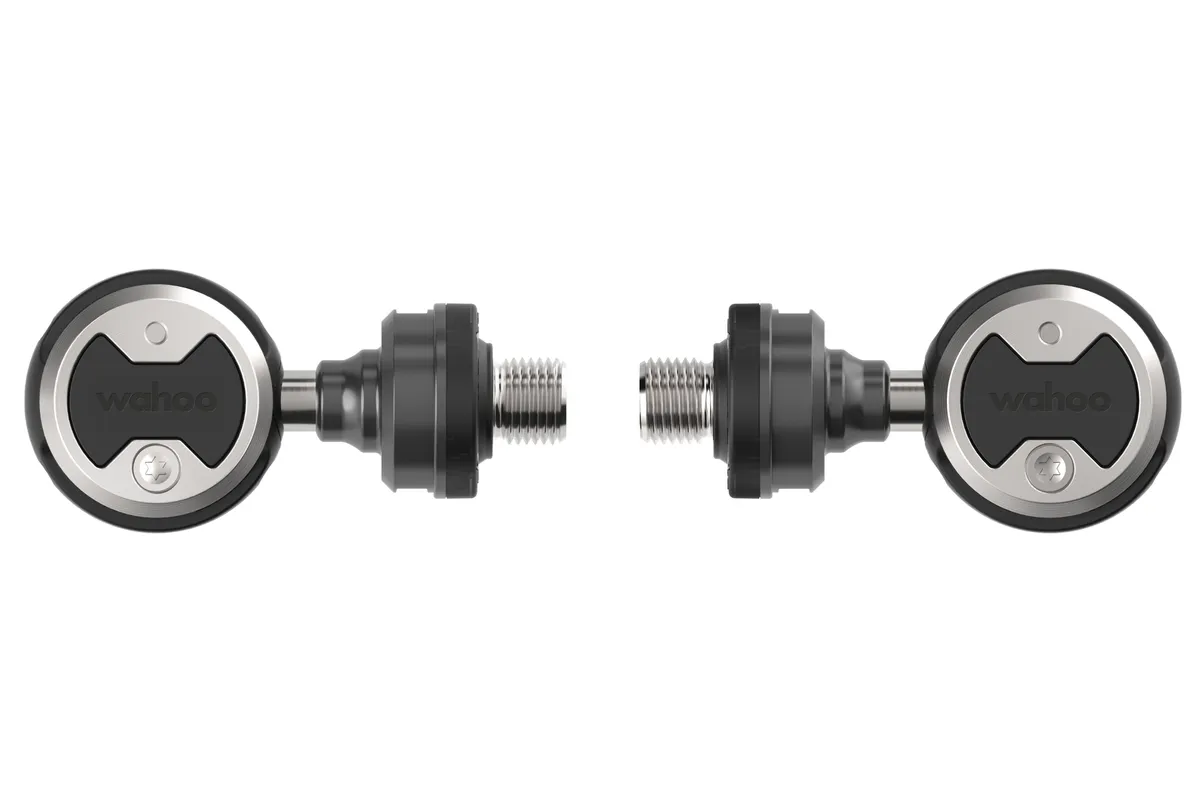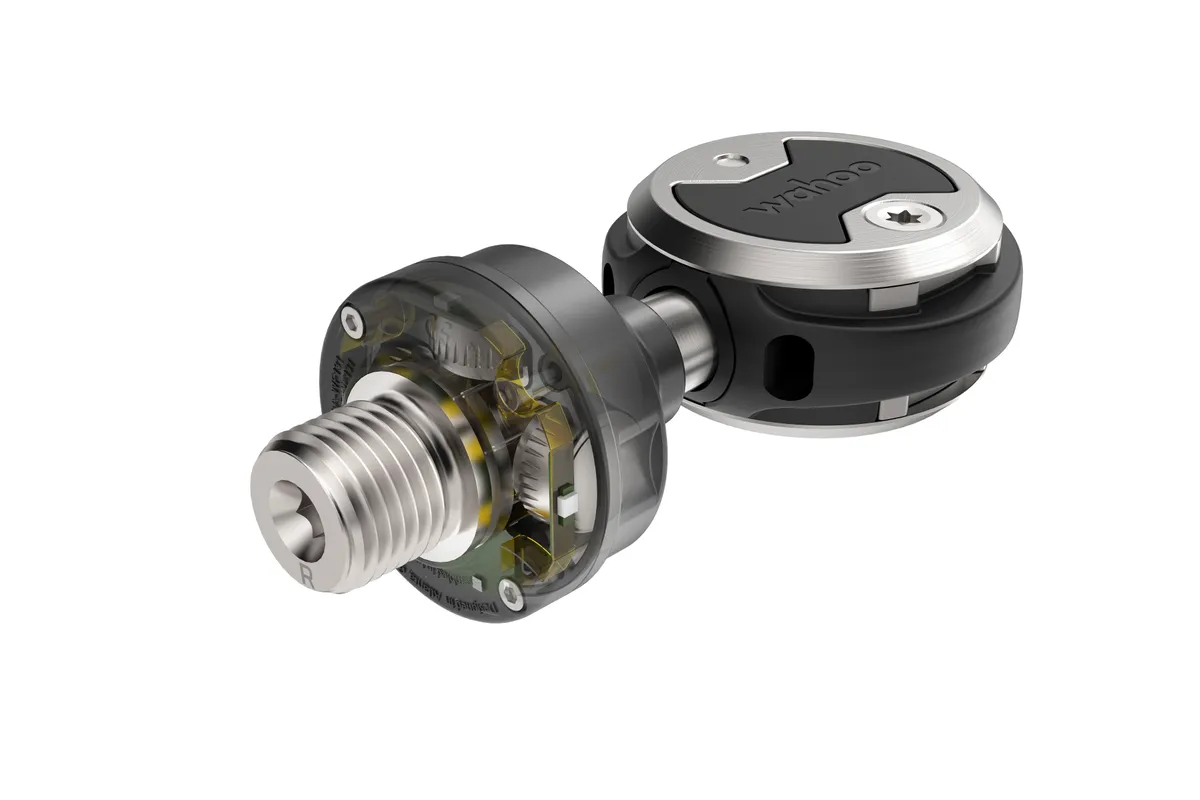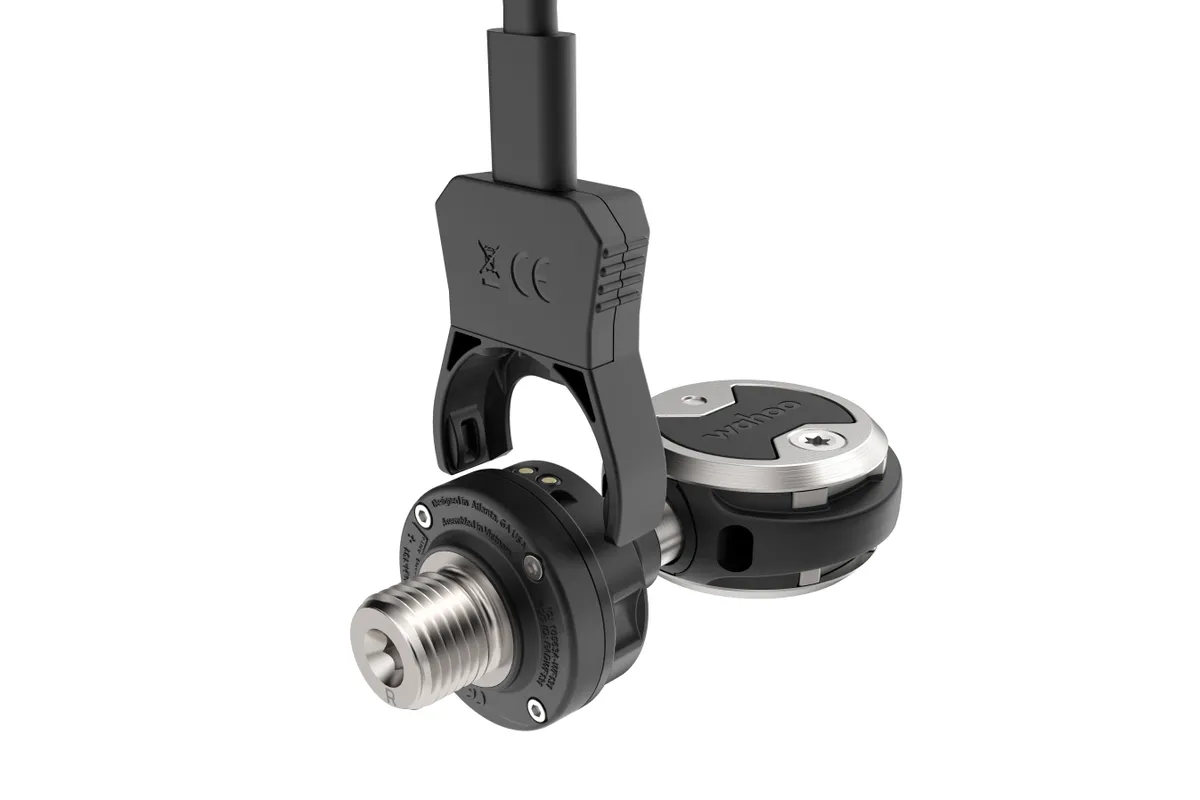Update 30/03/22: You can now read BikeRadar's Wahoo Powrlink Zero power meter pedals review
After many years of Speedplay fans begging for it, and nearly a year after it was initially teased, Wahoo has officially launched the Speedplay Powerlink Zero power meter pedal system.
The Powrlink Zero system is based around a slightly modified version of the Wahoo Speedplay Zero pedal, which was launched in 2021, and brings independent, left- and right-leg power measurement to the platform.
Available in dual-sided or single-sided configurations, the Powrlink Zero boasts a +/- 1 per cent claimed accuracy range, an internal rechargeable battery (with a claimed run-time of 75 hours), automatic calibration, active temperature compensation and compatibility with oval chainrings.
Wahoo says the Speedplay Powrlink Zero offers a no-compromises power meter solution for Speedplay pedal fans.
The Wahoo Speedplay Powrlink Zero is being launched alongside the Wahoo Kickr Rollr, a new smart-roller system that it is compatible with.
Wahoo Speedplay Powrlink Zero specifications
- Price dual-sided: $999.99 / £849.99 / €999.99
- Price single-sided: $649.99 / £549.99 / €649.99
- Claimed accuracy: +/- 1 per cent
- Cadence measurement: Yes
- Battery type: Rechargeable Lithium-ion
- Claimed battery life: 75 hours
- Claimed weight: Dual-sided – 276g, single-sided – 250g
- Cleat type: Speedplay Zero (standard tension – easy-tension cleats available separately)
- Q-Factor: 55mm
- Stack height: 13mm
- Connectivity: ANT+ / Bluetooth
- Oval-chainring compatible: Yes
- Waterproof: Yes (IPX7 rating)
- Maximum rider weight: 113kg
Wahoo Speedplay Powrlink Zero details
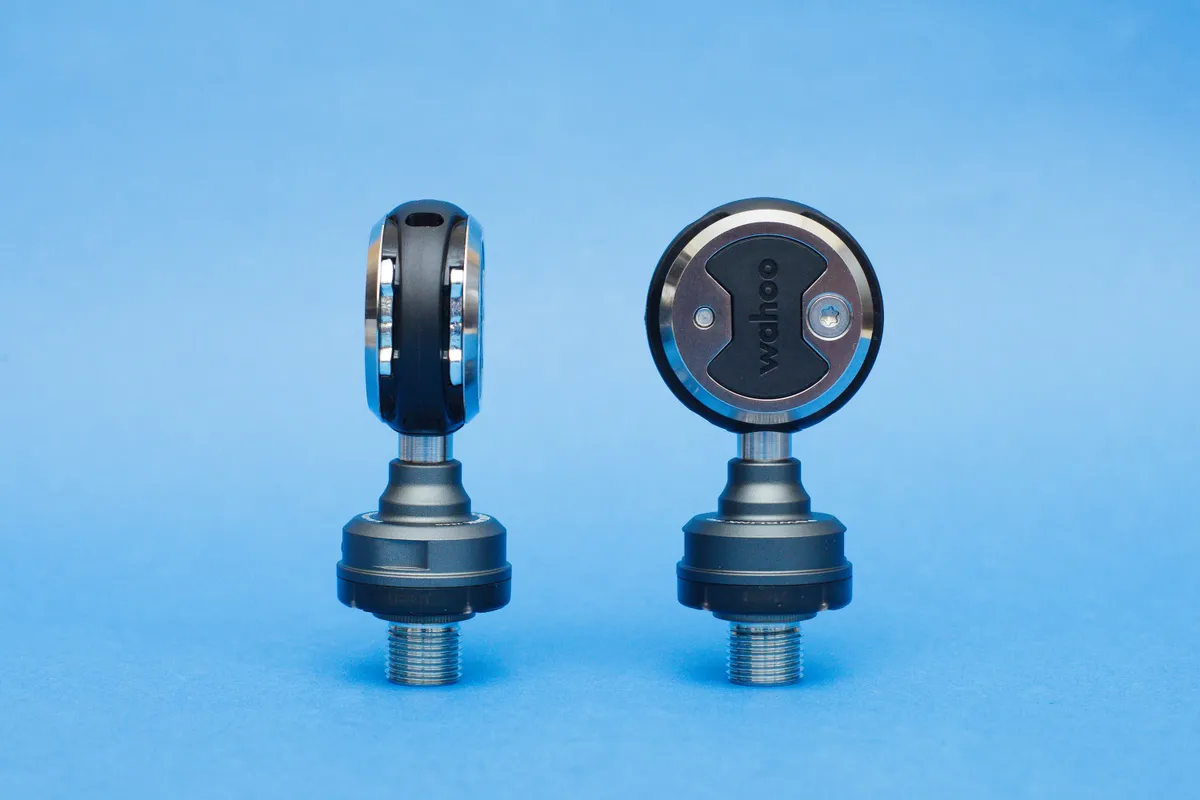
One of the key selling points for power meter pedals is they promise quick and easy installation on practically any bike. For the Wahoo Speedplay Powrlink Zero pedals, that means just an 8mm Allen key.
Similar to the Favero Assioma Duo power meter pedal system, the power meter electronics reside within the pedal spindle and a bulbous pod.
While this doesn’t look as clean as having everything housed entirely within the spindle (something Garmin has managed since it launched the Vector 3 power meter pedal system back in 2017), it doesn’t confer any notable performance drawbacks for road cyclists.
The pedal body itself retains key Speedplay features many know and love, such as a large amount of freely adjustable float, dual-sided entry and exit, and low weight.
The power-meter internals and pods naturally add a little weight versus a set of standard Speedplay pedals, but at just 54g for a dual-sided set, it’s an insignificant amount.
Some small changes to the stack height and Q-Factor of the pedal body have been made relative to the non-power meter versions, though, increasing by 1.5mm and 2mm (to 13mm and 55mm) respectively, to accommodate the power meter parts.
As usual with Speedplay pedals, it’s worth noting that if you’re not using cycling shoes with Speedplay-specific 4-hole mounting hardware, you’ll need to factor in an additional 3-4mm of cleat stack height from the 4- to 3-hole adaptor plate and any additional spacers required.
In comparison, the Favero Assioma Duo and Garmin Rally power meter pedal systems have stack heights of 10.5mm and 12.2mm respectively.
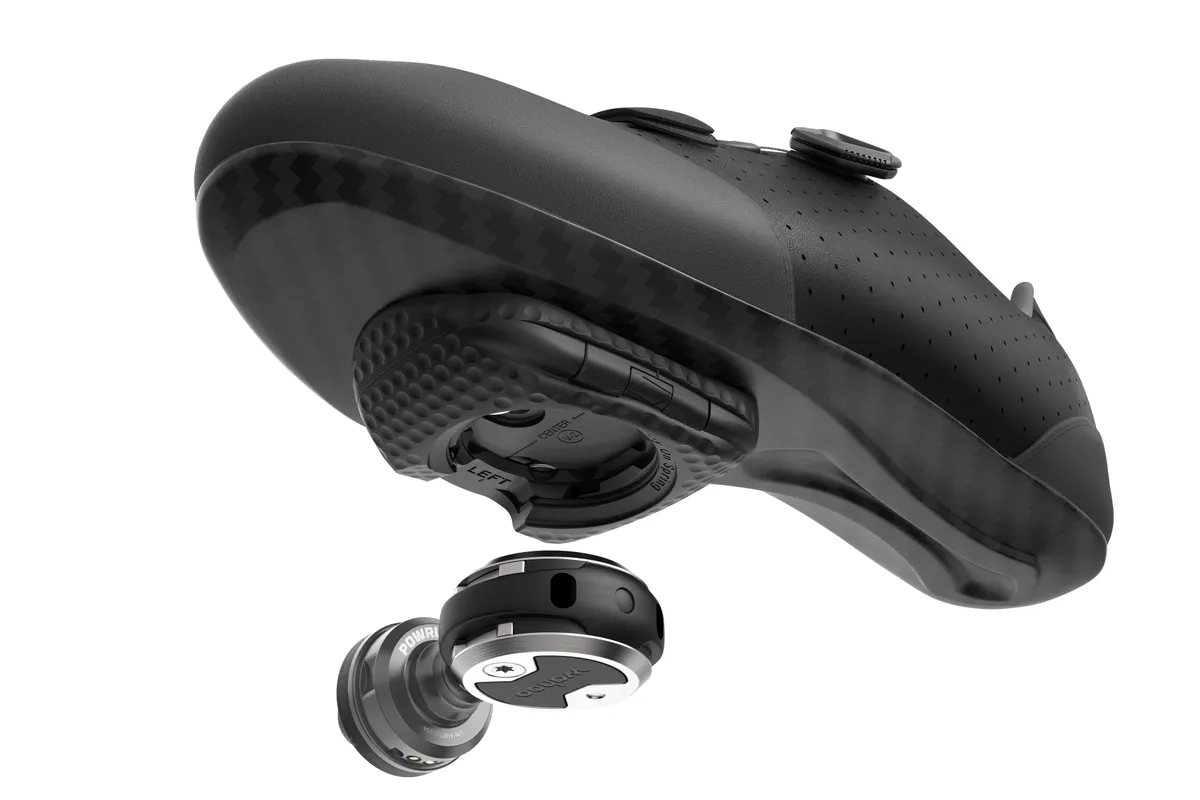
In all likelihood, most riders won’t notice any difference from such small changes, but these alterations have ruled out any backwards compatibility between the new power meter spindles and other Speedplay pedal-body options.
It’s therefore not possible for existing Wahoo Speedplay Comp, Zero, Nano or Aero pedal owners to upgrade a set of those pedals.
There’s no option for owners of legacy Speedplay pedals such as the Speedplay Zero Pave to cobble together (pun intended) a custom set of power meter pedals, either.
The Powrlink Zero is also limited to just one road-specific pedal body and cleat option – there’s no off-road or gravel-specific pedal-body option.
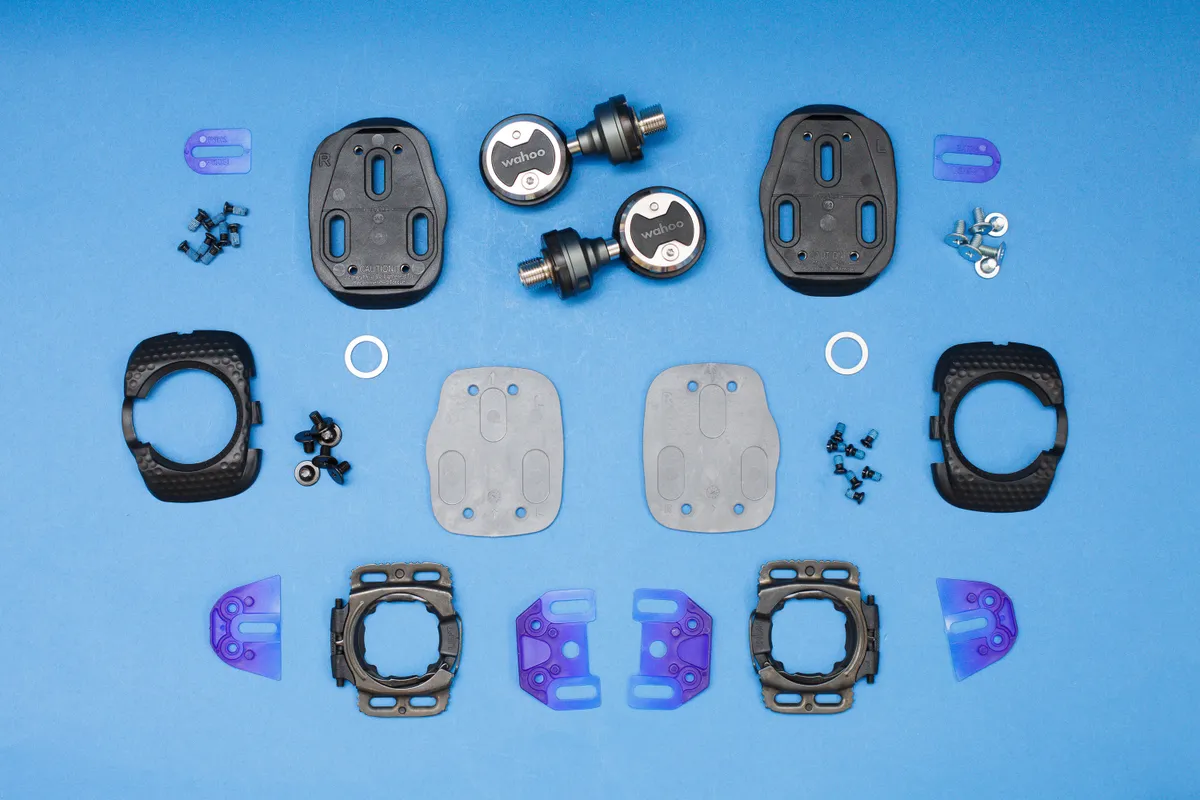
Similar to the Favero Assioma platform, it’s possible the spindle pods could interfere with the tread on MTB or gravel shoes, making an off-road version (perhaps with something such as the Speedplay Syzr pedal body) tricky to implement.
When asked about the possibility of an off-road version, Speedplay said it “can't comment on plans for future products”, but stopped short of ruling anything out.
Old kids on the block
One big question for any new entrant to the power-meter market is whether it can produce accurate and reliable power data.
With its extensive experience making some of the best smart trainers, such as the Wahoo Kickr and Kickr Core, Wahoo has more experience than most in this regard, however.
Of course, the proof will be in the pudding, so look out for an in-depth review coming soon.
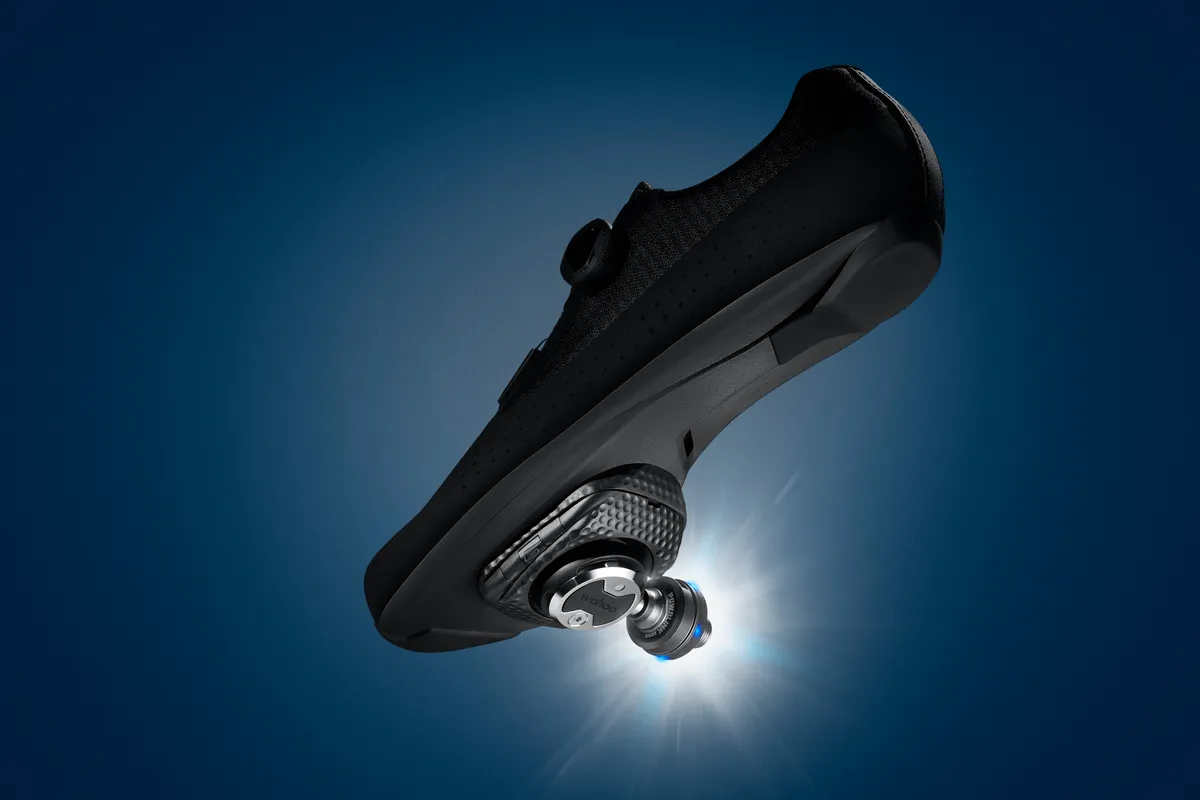
On data, it’s worth noting that while those with a dual-sided set will gain access to left/right power-balance data (which represents how much power each leg is producing independently), Wahoo has not implemented other advanced metrics such as torque effectiveness or pedal smoothness.
Though the likes of Garmin and Favero would likely disagree, Wahoo claims these are “not actionable metrics” as things stand.
It’s not clear whether there are any hardware or software limitations that would prevent those features being added at a later date, via a firmware update.
Wahoo Speedplay Powrlink Zero pricing and availability
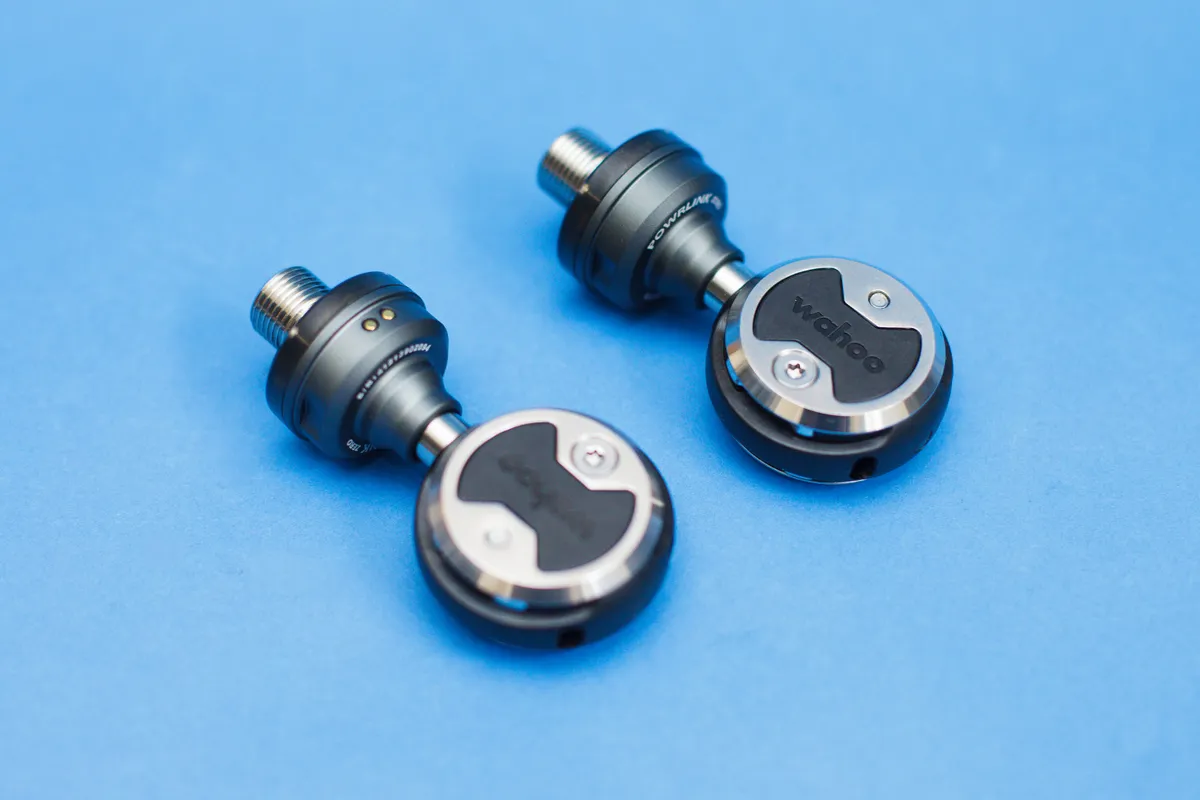
The Wahoo Speedplay Powrlink Zero power meter pedals are available to purchase now, and are priced at $999.99 / £849.99 / €999.99 for a dual-sided set, or $649.99 / £549.99 / €649.99 for a single-sided set.
This price point puts the Powrlink Zeros in competition with premium power meters such as the Garmin Rally power meter pedal system (prices start at £969.99 / €1,099.99 / $1,099.99 for dual-sided systems and £579.99 / €649.99 / $649.99 for single-sided sets).
Wahoo has said upgrade kits to convert a single-sided set to a dual-sided set will be available post-launch, but pricing and availability for these are yet to be confirmed.
